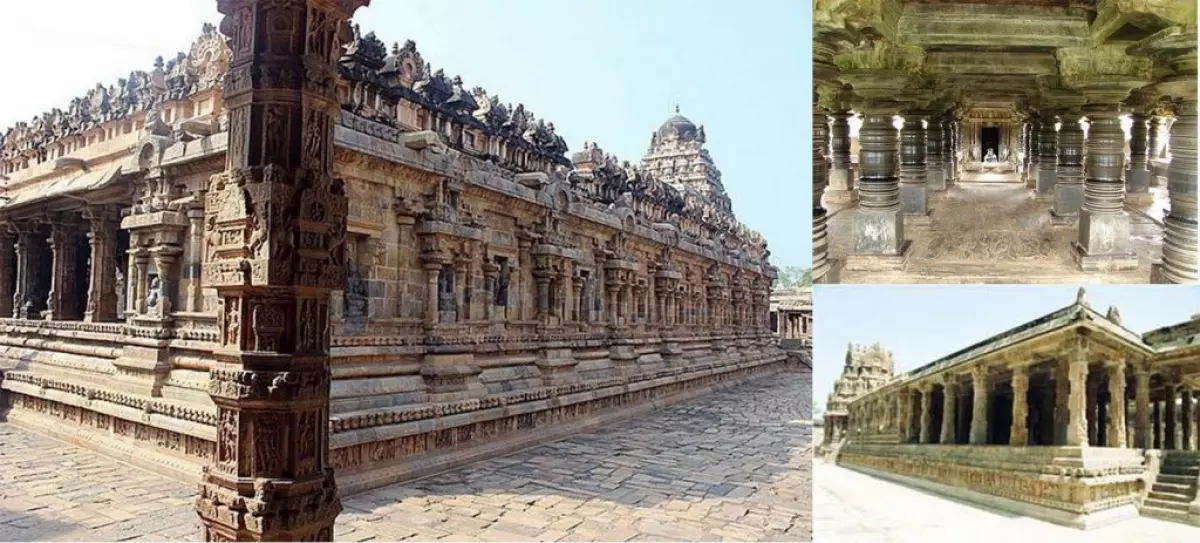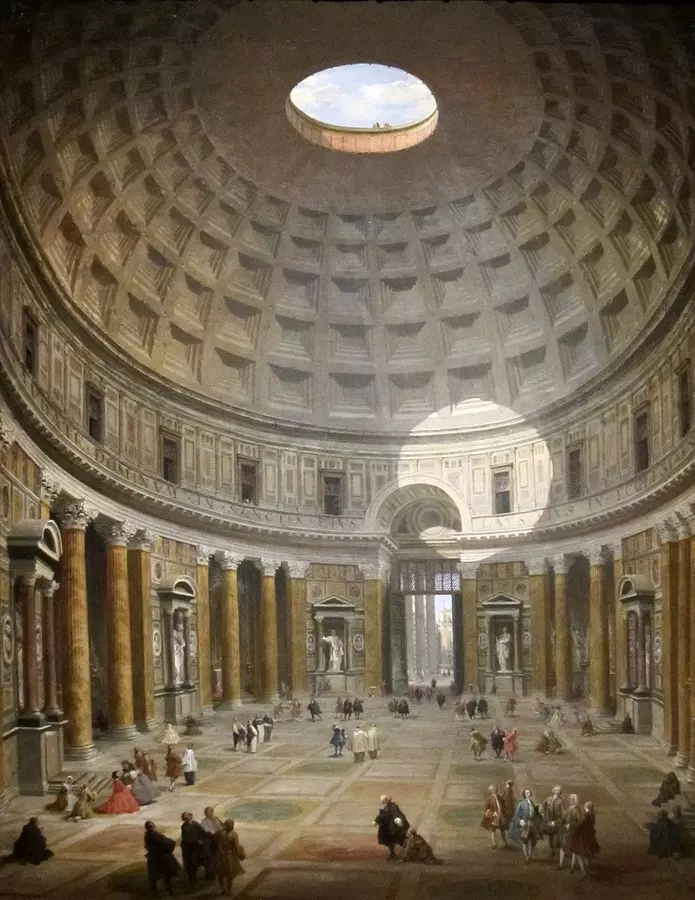Culture shaping architecture is a concept that often goes unnoticed, yet it plays a crucial role in the design and construction of spaces. To truly understand this connection, we must first grasp the meaning of culture. Culture is the set of ideas, customs, and social behaviors that define a specific group of people or society. These cultural practices and beliefs directly influence the type of spaces we need and desire to live in.
Renowned architect Bernard Tschumi once said, "Architecture becomes a frame for constructed situations." In its essence, architecture is the art of designing spaces that fulfill certain functions based on the needs and activities of its users. The users' needs, in turn, are shaped by their culture and traditions. At times, architecture becomes a direct expression of culture and beliefs.
The role of culture in shaping architecture is significant and cannot be overlooked. The location, size, and connectivity of a space are all influenced by the cultural significance it serves. Space and culture are intertwined to such an extent that one cannot be analyzed without considering the other. Furthermore, the design of a space may even have an impact on the existing culture.
Let's explore some examples that demonstrate the relationship between culture and architecture:
South Indian Temples: A Reflection of Tradition
The ancient temples of South India exemplify the influence of culture on architecture. These temples feature a prakara, a circumambulatory path around the main idol, to accommodate the traditional practice of circling the deity. Additionally, they have natyamandapas, which serve as stages for dance performances. These dances communicate religious principles and hold cultural significance. The inscriptions on the temple's walls also narrate stories, reflecting the cultural practice of storytelling. By understanding these cultural aspects, architects ensure that temples fulfill their intended purposes.
 Clockwise-prakara, natyamandapa and upapitha of a South Indian temple - source-swadesi.com, wikipedia.com, and mytouradvisor.blogspot.com
Clockwise-prakara, natyamandapa and upapitha of a South Indian temple - source-swadesi.com, wikipedia.com, and mytouradvisor.blogspot.com
Agoras of Ancient Greece: Public Gathering Spaces
In ancient Greece, public debates on philosophy, mythology, and science were integral to their culture. As a result, gathering places called agoras emerged. These spaces allowed people to express their thoughts and become active participants in society. The concept of agoras has transpired into modern-day public squares, visible in major cities that have adopted classical city center models.
 Agora of ancient Greece - source- athenskey.com
Agora of ancient Greece - source- athenskey.com
The Pantheon of Ancient Rome: Embodying Beliefs
Ancient Romans' strong belief in polytheism influenced their architecture, particularly in the construction of the Pantheon. The circular interior of the Pantheon embodies their concept of 12 gods positioned equally in space. Classical Roman proportions and orders adorn this architectural masterpiece, which stands as a symbol of ancient Rome and classical architecture.
 The interior of the Pantheon at Rome - source-tripimprover.com
The interior of the Pantheon at Rome - source-tripimprover.com
Vastu Shastra and Feng Shui: Cultural Influences
Religious practices have shaped architecture in various cultures. Hinduism follows the principles of Vastu Shastra, while Chinese culture adheres to Feng Shui or chi. These guidelines dictate the spatial arrangements and design elements to be followed to ensure harmony with cultural practices. Even today, these instructions are considered sacred and followed accordingly.
 Vastushastra and Feng Shui - source-arthunt.com and artmoony.com
Vastushastra and Feng Shui - source-arthunt.com and artmoony.com
Culture reflected in architecture not only helps create and maintain identity in a globalized world but also preserves the integrity of societies. Architecture sensitive to cultural needs ensures that users remain connected to their cultural roots and become responsible members of their societies. It is crucial to recognize how culture can shape and influence the growth of the architectural medium. In the era of modernism, this principle has been somewhat forgotten, resulting in buildings lacking unique styles and identities. By embracing the interplay between architecture and culture, we can avoid the progression of a future world where architectural uniformity prevails. People should always have the freedom to express themselves, and buildings should enable and reflect their individuality.
Remember, culture is not just a backdrop for architecture; it is an intrinsic part of its essence.

















